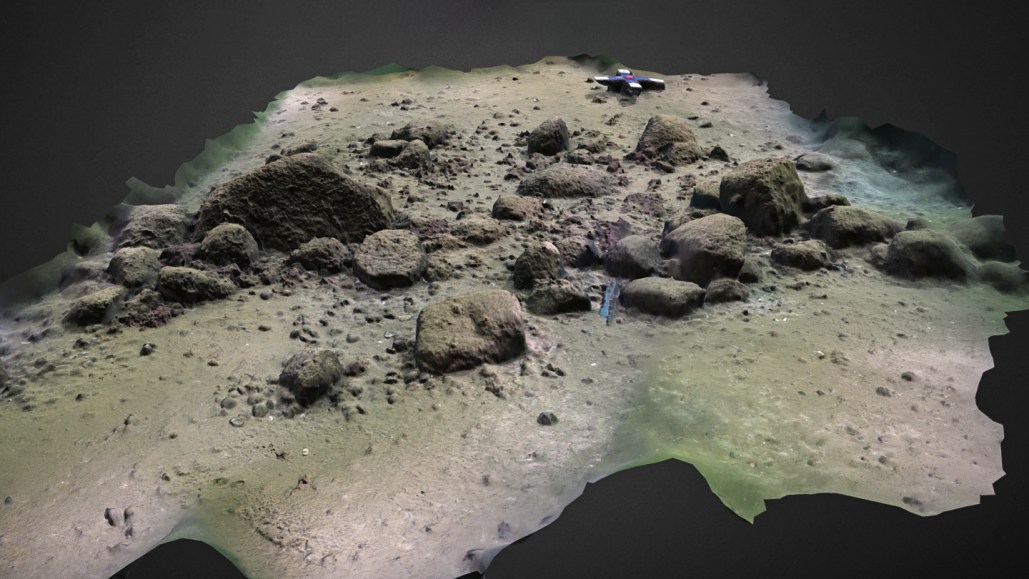Could this ancient wall have caused the downfall of Eurasian reindeer?

Perhaps the submerged wall located underwater was once utilized for hunting reindeer by Stone Age Europeans.
The underwater wall found off Germany's Baltic Sea coast, situated about 20 meters below the surface, spans almost a kilometer with almost 1,700 stones, making it one of the largest human-made structures in Northern Europe. This was detailed by scientists on February 12 in the Proceedings of the National Academy of Science.
The research team assumes it was employed for hunting large prey, comparable to antique hunting traps found in the Middle East and North America. If true, it would indicate the first trap of its nature in the southern Baltic region.
The structure, now referred to as the Blinkerwall, was uncovered during a seafloor depth mapping expedition using sonar in 2021. Unexpected protrusions were noticed so the team reverted with underwater cameras for a clearer observation.
Marine geologist Jacob Geersen from the Leibniz Institute for Baltic Sea Research Warnemünde in Rostock, Germany, stated that upon discovering the rocks, he realized that their assembly might not be due to natural processes.
Geersen and his team deem it unlikely that tsunamis, glaciers, ice floes or construction of nearby underwater infrastructure could have arranged the rocks into their unique flattened S-like shape. It appears that the stones were purposely positioned, with the largest one, estimated to weigh over 11,000 kg, situated in the center. The remaining rocks are all lighter than 100 kg, light enough to be manually displaced to connect the larger stones along the wall.
Around 10,000 years ago, radiocarbon dating of sediment cores from the Blinkerwall vicinity suggested that the location was bordered by a lake, with the Baltic Sea submerging the area around 8,500 years ago. The wall may have guided Eurasian reindeer to the lake where they could be easily hunted. The only residents believed to be capable of constructing such an extensive wall would have been nomadic hunter-gatherers, according to coauthor and Stone Age archaeologist Marcel Bradtmöller from Rostock University.
The wall delivers insights on how the land was manipulated and how communities cooperated at that time. To effectively hunt, at least 10 people would have been required, according to Bradtmöller.
Geoff Bailey, an archaeologist from University of York in England, believes that enhancing natural topography in order to secure resources has always been part of human history. In his opinion, the team's interpretation is highly likely.
Additional research is required, says Geersen. His team plans to extract more sediment samples from offshore locations and look for potential artifacts near the wall that may offer information about the occupants.




